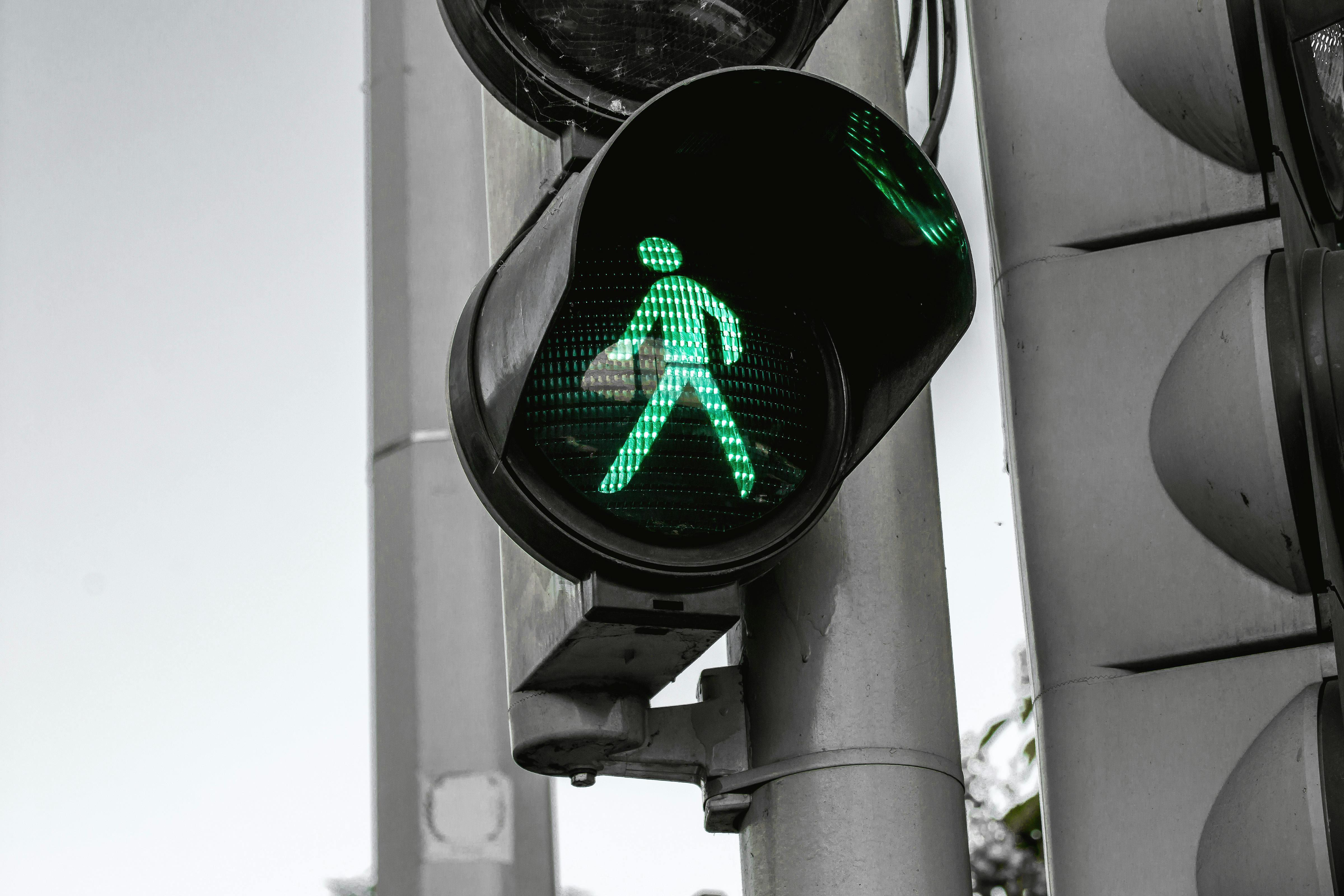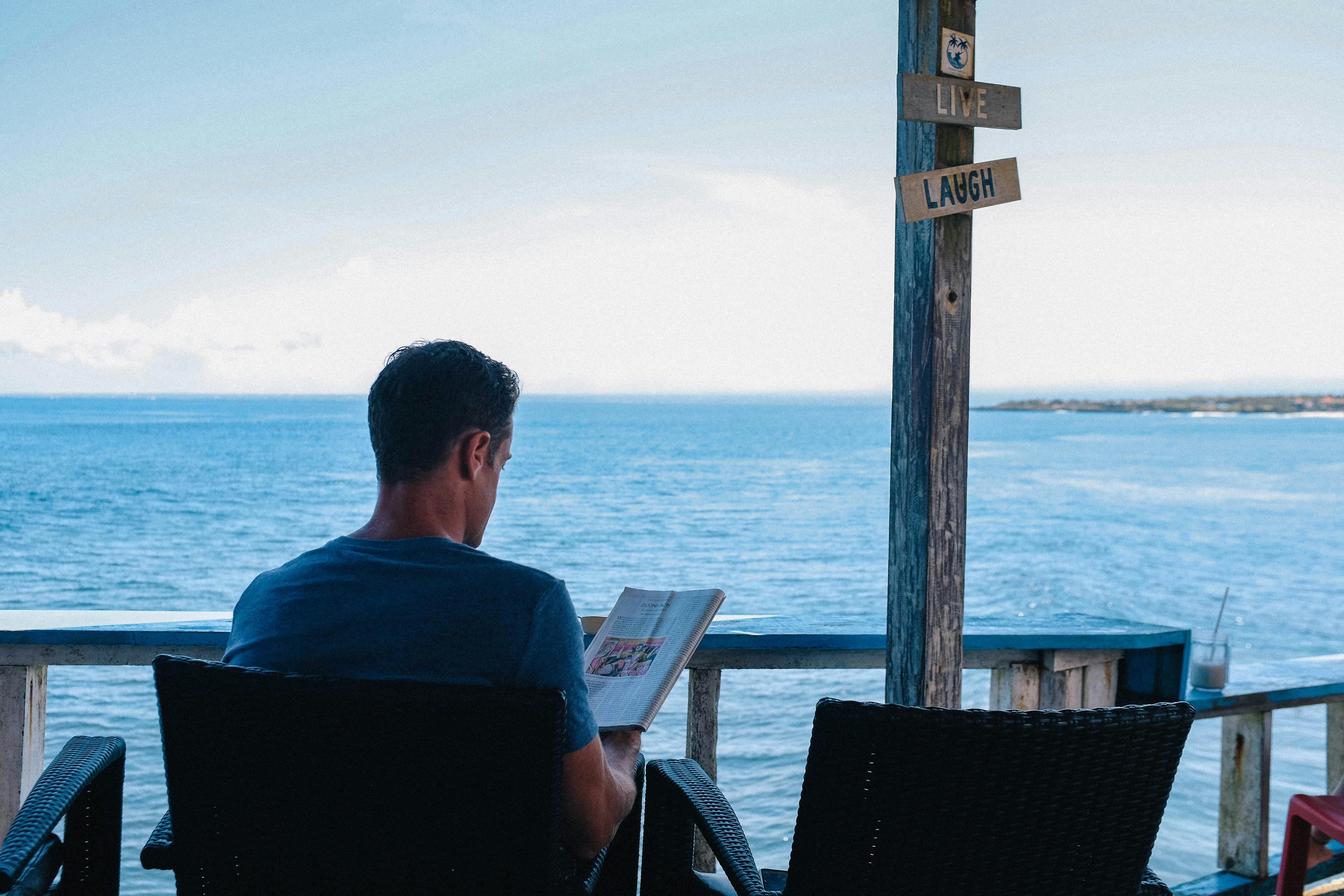Growing up in a Mexican / Mexican American family in Southern California exposed me to many things. Rice, beans, tortillas, menudo, ceviche, piñatas, Chapulin Colorado, El Chavo Del Ocho, and rancheritas were just a few of the many experiences I had while growing up in such a home. Sports were also important in my family. As a child and growing up into a teenager, I have fond memories of my grandpa watching baseball / soccer games every time he visited. However, I particularly remember the times when I was glued to the television watching boxing.
I don’t recall there being a die-hard boxing fan in the family, but for whatever reason the sport’s presence always existed throughout the house. It was just part of our culture.
Around the age of 10, I started listening to my grandfather and uncles talk about this new Mexican kid who was starting to make a name for himself in sports. The name of that fighter was Julio César Chávez. Chávez would eventually become the fighter who would draw me, my family, and our entire culture back to the sport of boxing.
Mexican / Mexican-Americans have never been so crazy about boxing as when Chávez was in his prime. It was a great event every time Chávez was in a great fight. I remember hearing neighbors, people in grocery stores, hairdressers, and many others worry about Chávez’s upcoming fights. I definitely had the best of both worlds as I was exposed to the Mexican / Mexican-American boxing craze in San Diego, CA, 5 minutes from the San Diego / Tijuana border crossing (San Ysidro border crossing to be exact).
Today, Chávez’s glory years are behind him, but Mexican boxing lives on. Mexicans and Mexican Americans continue to make up a large part of the boxing fanatic population. Fighters such as Rodolfo Chango Casanova, José Toluco López, Baby Arizmendi, José Becerra, Miguel Canto, Vicente Saldivar, Carlos Zarate, Alfonso Zamora and Rubén Olivares helped lay the foundations of Mexican boxing. Salvador Sánchez, Julio César Chávez and Ricardo López have since solidified their impact on sport. Today, Oscar De La Hoya, Fernando Vargas, Erik Morales and Marco Antonio Barrera continue to carry the torch.
The continuing popularity of boxing among Hispanics, particularly Mexicans, can be seen in today’s biggest boxing matches. Outside of the heavyweight division, if two non-Hispanic fighters are ready to fight in a “super fight,” the attendance is usually poor. It doesn’t matter if two very good fighters face off. Ricardo Mayorga vs. Vernon Forrest is a recent example of a meaningful fight that didn’t turn out as well as it should. Even big-name fighters like Shane Mosley, Floyd Mayweather Jr., and Kostya Tsyzu struggle to fill the arenas and attract fans to watch their fights.
Due to the decline in boxing popularity since the 1980s, many of the matchups that include Mexican and Mexican-American superstars, do not sell out, but do significantly better in ticket sales and television viewership ratings in compared to other matches that do not include this combination. Today, if you ask a boxing fan who has been to a handful of fights, he or she will attest that the fights that feature Mexican / Mexican American superstars are almost always the most electrifying, exciting, and generally the most fun. . It is the enthusiasm and pride of the Mexican / Mexican-American fan base that creates this unique element. Some past and recent examples of fighting that have produced this element include any major rivalry between Mexico and Puerto Rico, Chávez / Taylor, Chávez / Haugen, Barrera / Morales and Barrera / Hamed.
Personally, not many feelings compare to the rush of energy I experience during a boxing match with an arena full of other Mexican / Mexican-American boxing fans. When I listen to the music of andar rancherita or when I see the beautiful green, white and red, something inside me explodes. It is a very powerful feeling. It is pride, fervor and machismo wrapped in a single feeling. You have to experience it to understand it. Goosebumps don’t even compare.
I guess the reason so many of us feel that way is because boxing is a sport that allows us to show our tremendous pride. Outside of soccer, Mexicans do not excel in any other sport. What better sport to excel than one that allows an entire culture to exercise the machismo of its culture? For fans of Mexican / Mexican-American boxing, it is very important that our ring warriors proudly represent our people and our culture. It allows us to identify with something positive, something victorious.
It goes without saying that Mexicans and Mexican Americans have always done well in the sport of boxing, but in the last 20-25 years there has been a huge boom in terms of the level of talent that has been developed. Is this the reason why many Mexicans and Mexican Americans are still interested in sports?
I tend to believe that it has more to do with our love for the nature of sport.
We continue to love this sport because it represents us with an unmatched passion. No other sport makes us feel so good about ourselves. There are not many sports that unite an entire culture. Boxing is the exception.
On those nights of big fights when a fellow “Raza” is performing, he allows us to be part of something special and almost mythical. This is Mexican / Mexican-American boxing. We wouldn’t trade it for the world.
Originally Published – January 2002



